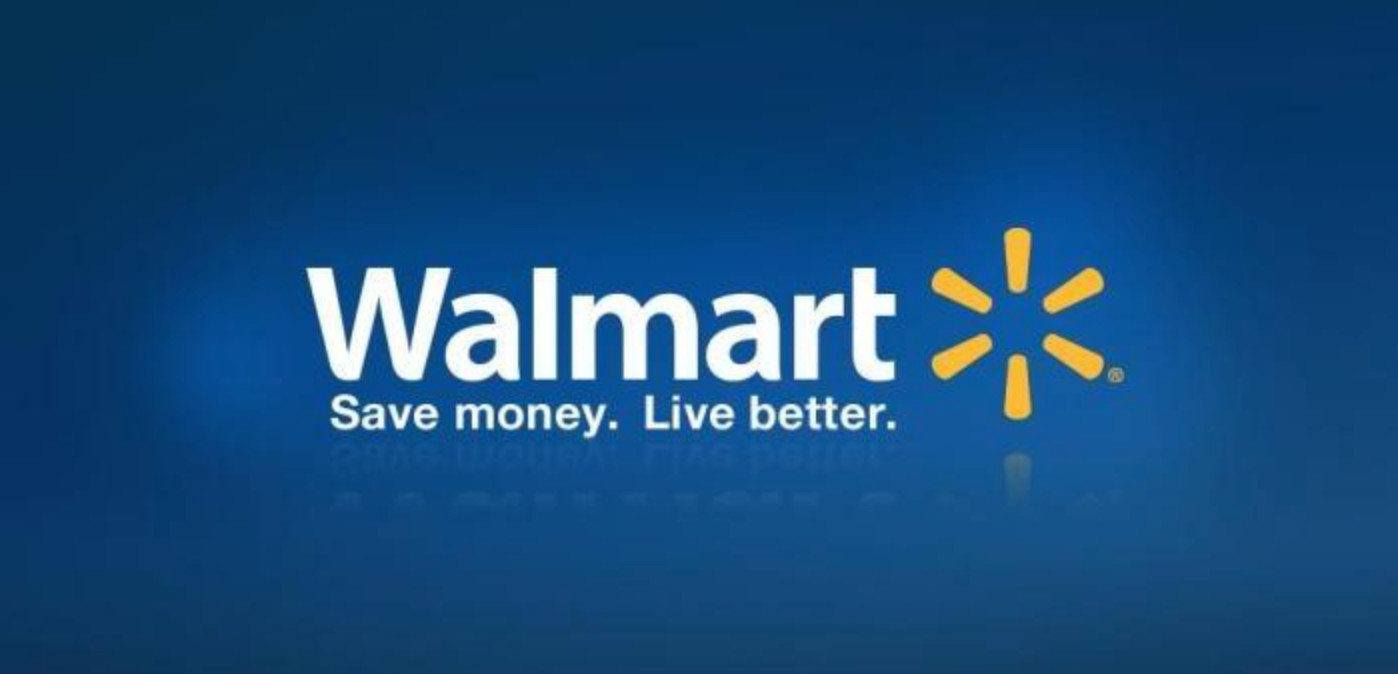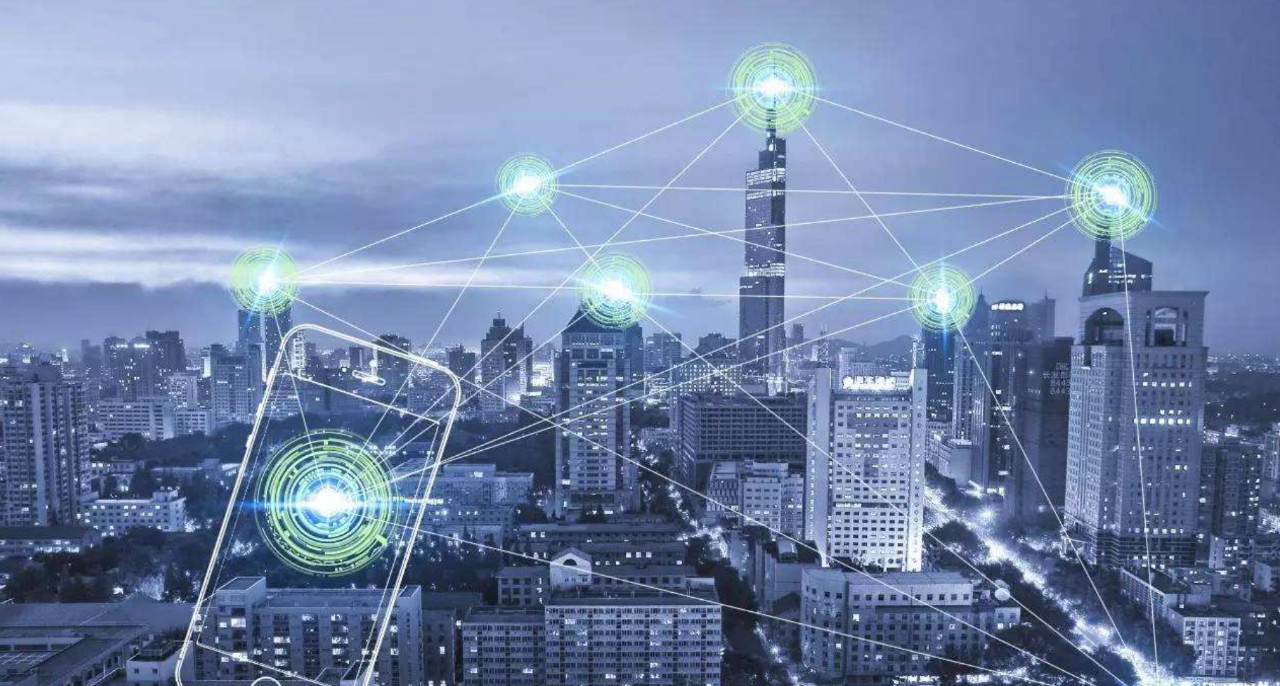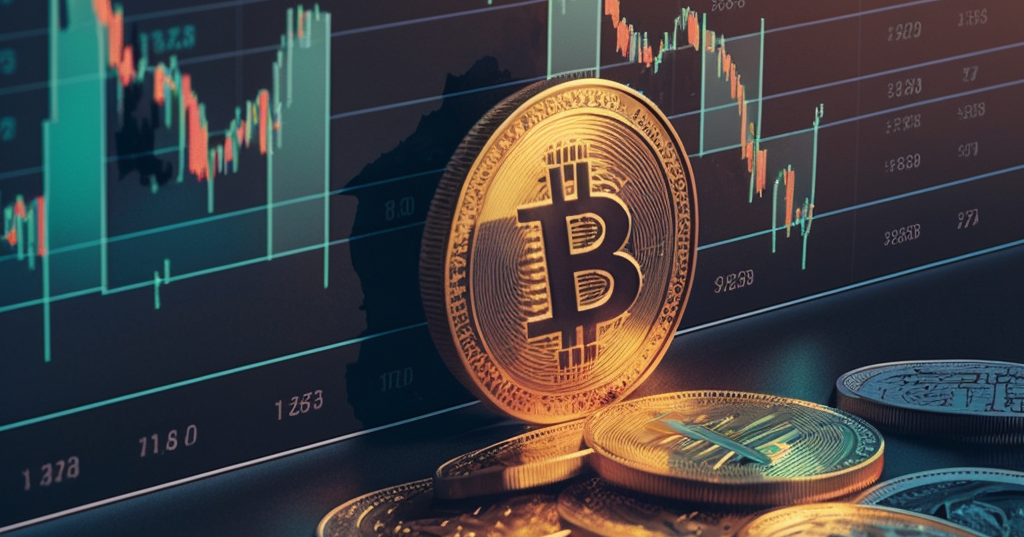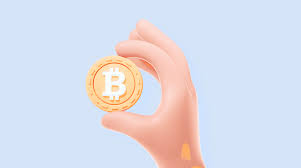A text to understand how retail giant Wal-Mart will apply blockchain technology
The first is the background of the patent; the second is the digital currency issued through the legal currency; the third is the typical use of the patent. This article will combine the expertise to analyze the patent and organize key information. To improve readability, the digital currency in the patent will be represented by WMT (Walmart Token).

First, the patent background
The cost of using funds for low-income people is higher than others. These people may be Zhou Guang and there is only a small amount of cash in the bank card, and may not even have a bank card. There are three reasons for their high cost of capital use. First, they need to make short-term borrowings frequently, and gradually become long-term loans. Second, they need to pay high bank fees compared to the small amount of deposits; Third, the cost of payday loans is high.
These reasons have led to less money that the poor should have used to buy essentials. These problems can be alleviated by applying a blockchain-based digital currency.
- 12 decision models tell you whether you need a blockchain
- Bitcoin has fallen back, ETC has skyrocketed, and the market has started a new direction?
- How many giants can squeeze out on the stable currency track?
Second, the introduction of ecological role
In the Wal-Mart digital currency patent, the following roles exist:
1. Consumer: Ordinary natural person.
2. Payroll institutions: financial institutions and enterprises that pay wages to consumers through checks or other means.
3. WMT Management: Responsible for the management of WMT, including the generation of WMT and exchange with other currencies. The WMT management organization can be an independent third party or an organization associated with Wal-Mart.
4. WMT issuer: The organization that issues WMT through the WMT management organization, which can be a retail enterprise [1].
5. Partner: A company that has a partnership with Wal-Mart and accepts WMT.

Third, WMT issuance, circulation and return
1. Issuance: The WMT issuer generates WMT through the WMT management organization and issues it. After the consumer receives the salary paid by the payroll organization, the funds are transferred to the WMT management institution in any way, the WMT limit is configured, and a certain amount of WMT is obtained.
2. Circulation: Consumers can use WMT in WMT issuers and partner institutions to make purchases in exchange for goods and services. Partners can also use WMT to redeem goods and services from WMT issuers.
3. Repatriation: Partners can use WMT to exchange cash with WMT issuers, and the exchanged WMT will enter the WMT reserve pool [2].
Fourth, value anchoring and value support
According to patent documents, the value of WMT may be linked to currencies including fiat currencies and other cryptocurrencies. There are three possible sources of WMT's intrinsic value support:
1. Use dollar support in the account; 2. Use cargo support in inventory; 3. Use cargo support in future inventory.
V. Flow process
1. The consumer converts part or all of the salary to WMT [3].
2. Consumers use WMT to spend at Wal-Mart and designated partners.
3. Partners use WMT to purchase or exchange cash for Wal-Mart.
4. Consumers can maintain a small amount of balance in a Wal-Mart WMT account at zero cost or as low cost as possible, without having to put it in a bank card, saving bank fees. The money saved is more likely to be used to purchase Wal-Mart goods.
5. WMT used by consumers in Wal-Mart consumption and WMT used by partners will withdraw from circulation and enter the WMT reserve pool.

Sixth, the method of patent claims
The patents applied by Wal-Mart include the patent method and the patent system. This article will mainly analyze the methods advocated by the patent. The methods advocated in the patent are as follows:
1. WMT issuance: Binding WMT to common currency to issue digital currency.
2. Information storage: The WMT information is stored in a block in the blockchain.
3. WMT redemption: WMT is refunded when purchasing WMT or returning.
4. WMT Restriction: Determine whether the WMT is restricted according to the relevant documentation of WMT.
5. Judge the record: record the judgment in the block [4].
6. Purchase Record: Use WMT to record the user's shopping history.
7. Calculate the discount: Calculate the forecast error reduction and cost reduction caused by “predicting demand using WMT purchase record” and “predicting demand without using purchase record” [5].
8. Use discount: Based on the different products and forecasting accuracy of different consumers, the part of Wal-Mart's cost savings is converted into the consumer's current consumption discount.
9. Restricted use: In the case of WMT restrictions, use the offer to purchase the specified goods and services.
10. Unrestricted use: Use the offer to purchase any goods and services without WMT restrictions.
11. WMT Reserve: Store excess WMT in WMT reserves.

Seven, the typical application scenario of the patent
1. Patent-based value exchange platform: Through WMT, low-income people can meet their daily financial and material needs through relevant institutions. For example, users can purchase daily necessities for themselves or others through WMT, or they can post jobs by rewarding WMT, and earn WMT through crowdsourcing platforms.
2. In some application scenarios, the use of WMT eliminates the need to hold cash, credit cards or savings cards. In some application scenarios, WMT is similar to biometrics, and the holder itself is its own “credit card” [6].
3. Unmanned sales scene: Customers can use WMT on unmanned shelves, refrigerators or vending machines to self-check settlement fees and obtain the required goods.
4. Incentive Scenario: By using WMT or accepting WMT, you will receive a reward that you can use on your next purchase.
5. WMT-based futures scenario: Consumers can exchange merchandise at the price of WMT on the day of the exchange, even if the price of the commodity rises (limited). Guaranteed purchasing power for consumers and a predictable source of future profitability for retailers.
6. Assist the poor in dealing with uncertainty: provide short-term, urgent interest-free or low-interest loans that can only be used to purchase daily necessities, such as food.
7. Supply Chain Collaboration: Retailers help organizations provide goods and assist in providing the vehicles or funds needed for transportation when the customer's capacity is insufficient.
8. Reduce demand uncertainty: Through more historical purchase data, you can better predict the location, time and commodities of demand, and save different levels of cost for different commodities [7], which improves operational efficiency. Part of the cost savings is used to reward consumers who use WMT, achieving a win-win situation for shopkeepers.
Reasons for increasing forecast accuracy:
a) Each exchange of funds into WMT is more likely to be used for consumption in the Wal-Mart ecosystem than other forms of funds.
b) Customer consumption history can be taken into account [8].
c) Consumers use WMT and enjoy preferential treatment in the ecology.
d) Repurchase of goods [9] can improve forecast accuracy and save more costs.
Factors to increase the repurchase rate:
a) Consumers will use WMT to repurchase a class of merchandise with more discounts.
b) Regular in-store promotions can facilitate repeated purchases by consumers.
c) The government has welfare project support for certain commodities and regularly provides benefits to low-income people [10].
9. WMT restrictions (commodities): Limit the purchase of a certain WMT item by applying WMT restrictions. You can limit the type of goods, the price, and any other restrictions that WMT owners want. For example, a WMT can only be used to buy food. In addition, for convenience, WMTs from different government welfare items are consumed based on the type of goods in one purchase, and items that are not within the scope of government welfare subsidies can be paid by credit card, savings card, and the like. Government welfare subsidies include, for example, TANF (Temporary Assistance for Needy Families), WIC (Nutrition Program for Women, Infants, and Children) and the like.
10. WMT Restrictions (Others): For example, a subsidy that a government or business wishes to issue can only be used to purchase lunch, and WMT can be restricted to only deli counters (locations). If the mall wants to balance the traffic, it can limit the different time periods, and the specific WMT has different purchasing power (time). It is also possible to restrict a customer to purchase only N bottles of painkillers (quantity) within one week.
11. Gift Card: Multiple gift cards can be bound to a WMT account, and can automatically place an order or empty the shopping cart based on the customer's preferences before expiration.

Eight, WMT features
1. Purpose: To provide a payment tool and value storage method with no commission or minimum fee.
2. Interest: WMT accounts may receive interest.
3. Currency Programmability: When you redeem WMT, you can limit the types, locations, times, and number of items that can be consumed by WMT.
4. Consumers can use artificial intelligence to determine how much WMT to redeem based on their budget, value, and preferences.
5. After consumers have redeemed WMT, Wal-Mart will predict future revenue based on the number of WMTs. Because consumers are more likely to spend at Wal-Mart after redeeming WMT.
6. Consumer consumption habits recorded in WMT can be used to better predict demand and further reduce costs. Part of the cost saved will be returned to the consumer.
7. Feedback mechanism: Consumers will have more favorable prices when they use WMT next time, especially when purchasing products that match Wal-Mart's forecast. Through this feedback mechanism to promote consumer resuming consumption at Wal-Mart.
Nine, WMT and Libra contrast
The Wal-Mart digital currency patent was announced on August 1st, and it is inevitable to associate Libra with the white paper released on June 18. Although the Libra white paper was released earlier, it will take some time for the patent application to be published. This article does not discuss the relationship between the two blockchain projects, but will compare the differences between the two projects through the following table.

X. Why Blockchain
Why use blockchain technology? It is a question that all blockchain projects need to answer, but there is no relevant content in Wal-Mart's digital currency patent documents. The advantage of blockchain technology is to improve multi-party collaboration scenarios, and it is difficult to exploit the advantages of blockchain technology when promoting WMT for C-end users in the Wal-Mart ecosystem. Wal-Mart itself is a central organization, consumers have built trust in Wal-Mart, and WMT can also be realized by other technologies. Therefore, the reason for using the blockchain technology is that in addition to thinking about the C-side scene, it is also necessary to think about the scene at the B-end.
The advantages of blockchain technology may be reflected in Wal-Mart's supply chain. As the world's top 500 company, Wal-Mart's suppliers and sales channels are all over the world and will involve cross-border payment services. However, current cross-border payment methods have problems such as low timeliness and high handling fees. Promoting WMT in the Wal-Mart supply chain may solve these problems. When a region's Wal-Mart needs to pay to partners in other regions, WMT can be used to make payments [11]. When the supplier needs to withdraw cash, WMT can be used to exchange the corresponding legal currency with the local Wal-Mart. In this scenario, by using WMT based on blockchain technology, the low cost and high timeliness of payment are guaranteed, the capital cost of Wal-Mart's ecology as a whole is reduced, and Wal-Mart's global competitiveness is further enhanced.
XI. Summary
After analyzing Wal-Mart's patents, it can be found that Wal-Mart has made a lot of thoughts on the possible use scenarios of digital currency in the ecology, and it is very clear about the purpose of issuing digital currency and the benefits that may be brought to the ecology. WMT can provide a low-cost payment and hedging tool for low-income people and provide potential payment and settlement tools for the Wal-Mart supply chain. At the same time, only Wal-Mart in the ecosystem can issue WMT. Consumers can only use WMT for consumption in the Wal-Mart ecosystem, and only allow partners to use WMT to purchase materials or withdraw cash from Wal-Mart, and eliminate the use of WMT for speculation. . In the end, Wal-Mart promotes the development of its own ecology through the blockchain technology based on WMT, forming a virtuous circle.
Notes to the Fun Chain Institute:
1. Interest chain note: that is Wal-Mart.
2. Interest Chain Note: Although WMT has not been destroyed here, it will not enter the circulation link after entering the WMT reserve pool until the next release.
3. Interest Chain Note: Because WMT may have interest, some people may use WMT as a bank deposit.
4. Interest Chain Note: May refer to the result of WMT limit judgment.
5. Interest Chain Note: Get more accurate demand forecasts with more data and further reduce costs.
6. Interest Chain Note: WMT itself is proof that the holder holds WMT without additional proof.
7. Interest Chain Note: Cost savings include, but are not limited to, inventory costs and wasted costs.
8. Interest Chain Note: The equivalent of the customer using WMT has the "account" in the Wal-Mart ecosystem.
9. Interest Chain Note: Different commodities have different predictive value. If the commodity does not have a long repurchase or repurchase period, the forecast will not bring in gains or the income will not be realized in a short period of time.
10. Interest Chain Note: For example, the US Government's Food Stamp.
11. Interest Chain Note: The description of the partner in the patent document is “a company that has a cooperative relationship with Wal-Mart and accepts WMT”.
This article is from the network
Author: Paul outlook period (interest chain Institute)
We will continue to update Blocking; if you have any questions or suggestions, please contact us!
Was this article helpful?
93 out of 132 found this helpful
Related articles
- QKL123 market analysis | Bitcoin upside down 11,000 US dollars blocked, short-term uncertainty increased (0820)
- Nakamoto Satoshi (middle): Bitcoin is not the whole blockchain, innovation is the future
- Bitcoin was broken in 2027? Quantum technology is chasing after
- Bitcoin scripts ushered in important upgrades, and Pieter Wuille officially announced the Miniscript project
- The People’s Bank of China’s digital currency is issued earlier than Libra, considering NGOs to participate in the pilot
- Bitfinex has no way to escape? The New York Supreme Court ruled that the Office of the Attorney General (NYAG) has jurisdiction over it
- Bitcoin experienced big ups and downs, and Circle CEO still believes in its safe-haven properties.






